FIRE DETECTION AND ALARM SYSTEMS
Its basic function is the protection of lives. Generates audible and/or visible alarms for the evacuation of the affected area. Fire Detection and Alarm systems can be associated with other smoke control functions, elevator control, door opening, room pressurization. The goal is to enable responsible personnel to identify the fire location quickly and accurately.
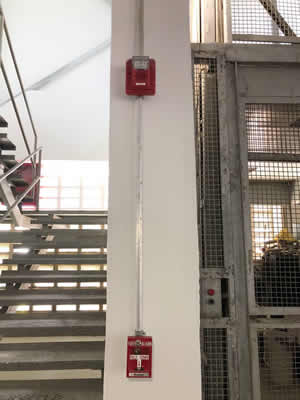 |
 |
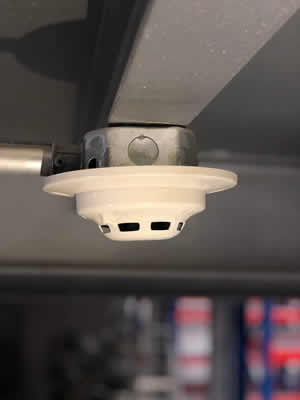 |
The first step in stopping a fire is to correctly identify the incident, raise the occupant alarm, and notify emergency response professionals. This is often the function of the fire detection and alarm system. There are several types of system and options available, depending on the specific characteristics of the protected space. Before attempting to understand fire detection and automatic sprinkler systems, it is beneficial to have a basic understanding of fire development and behavior. Basically, a fire is a chemical reaction in which a carbon-based material (fuel), mixes with oxygen (usually as a component of air), and is heated to a point where flammable vapors are produced. These vapors can then come into contact with something that is hot enough to cause ignition of the vapor, and a resulting fire. In simple terms, something that can burn touches something that is hot, and a fire breaks out. A key aspect of fire protection is to identify a developing fire emergency in a timely manner, and to alert building occupants and fire emergency organizations. This is the role of fire detection and alarm systems. Depending on the anticipated fire scenario, type of construction and use, number and type of occupants, and content and mission criticality, these systems can provide several primary functions. First, they provide a means of identifying a developing fire through manual or automated methods, and second, they alert building occupants to a fire condition and the need to evacuate. Another common function is the transmission of an alarm notification signal to the fire department or other emergency response organization. They can also shut down electrical, air handling, or special process operations equipment, and can be used to initiate automatic suppression systems.
- Conventional fire detection system
- Analogue fire fighting system
CONVENTIONAL fire detection SYSTEM:
Should your company or business choose a conventional or analog fire alarm system? The answer is easy…it depends. It depends on the building in which you want to install the system.
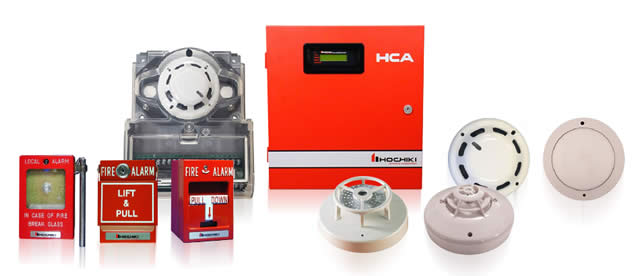 Ideal use for conventional fire alarms include:
- Schools
- Restaurants
- Apartments
- Offices
- Sheds
A conventional fire alarm system uses one or more circuits, connected to sensors wired in parallel. Each device is connected to the control panel with its own cable. The main advantage of the conventional fire alarm system is that they are cost effective for smaller applications.
Ideal use for conventional fire alarms include:
- Schools
- Restaurants
- Apartments
- Offices
- Sheds
A conventional fire alarm system uses one or more circuits, connected to sensors wired in parallel. Each device is connected to the control panel with its own cable. The main advantage of the conventional fire alarm system is that they are cost effective for smaller applications.
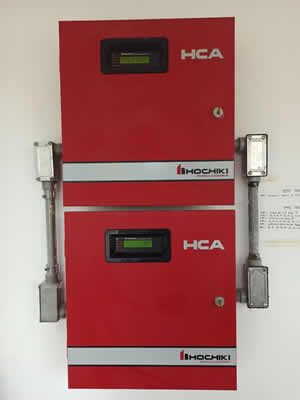 |
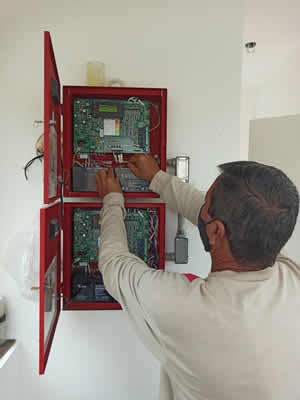 |
Conventional systems recognize the event through groups of zones, which are made up of several detectors, manual stations Fire detection systems must be inspected and tested periodically Incisan Fire authorized and certified technicians will ensure that your fire detection system works properly and complies with national COVENIN, and international NFPA, NEN regulations. We are a factory authorized dealer of the HOCHIKI AMERICA product lines. We also provide service to SOVICA, HONEYWELL brand systems, among others. Incisan Fire C.A is committed to keeping your contact information confidential.
If you require a quote for a Conventional Fire Detection System, fill out the following form :ANALOGUE FIRE FIGHTING SYSTEM
Smart analog fire detection systems provide specific details about individual fire detector locations, while conventional systems only provide information about areas or zones of a building.
Addressable or intelligent fire alarm systems are designed for larger buildings and can be networked with adjoining addressable fire alarm systems. They have more information, greater flexibility, intelligence, speed of identification and range of control.
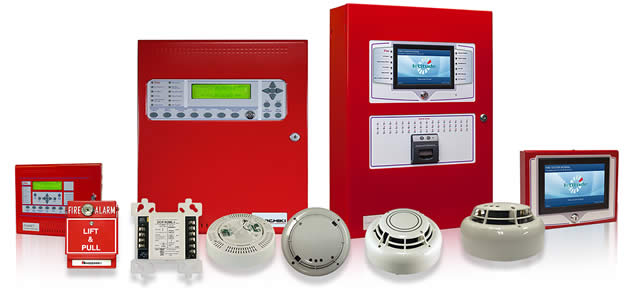 Hochiki addressable devices
The addressable control panel receives information and status reports from each device and indicates its exact location if there is a fire, failure. Smoke. Heat or contamination to the user. In addition, the control panel performs a constant polling routine in which each device is polled in a scheduled sequence. Each detector responds with a Healthy, Pre-alarm, in alarm, or fault status report. Detector fault alarm conditions are displayed on the panel indicating the precise location of any detector.
If you would like to discuss analog fire alarm detection systems in more detail, please do not hesitate to get in contact us.
Hochiki addressable devices
The addressable control panel receives information and status reports from each device and indicates its exact location if there is a fire, failure. Smoke. Heat or contamination to the user. In addition, the control panel performs a constant polling routine in which each device is polled in a scheduled sequence. Each detector responds with a Healthy, Pre-alarm, in alarm, or fault status report. Detector fault alarm conditions are displayed on the panel indicating the precise location of any detector.
If you would like to discuss analog fire alarm detection systems in more detail, please do not hesitate to get in contact us.


